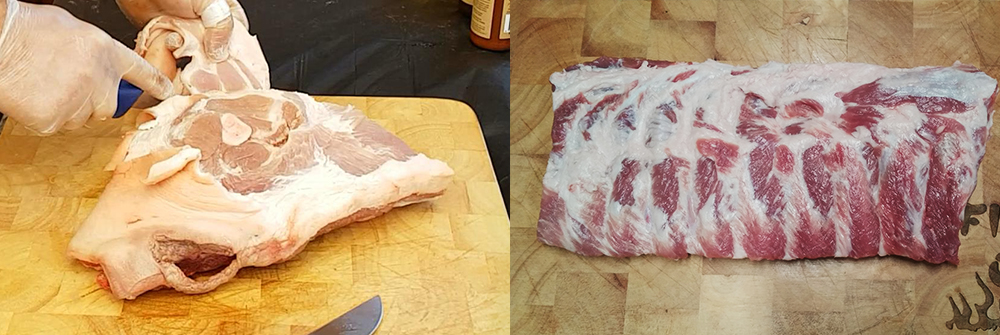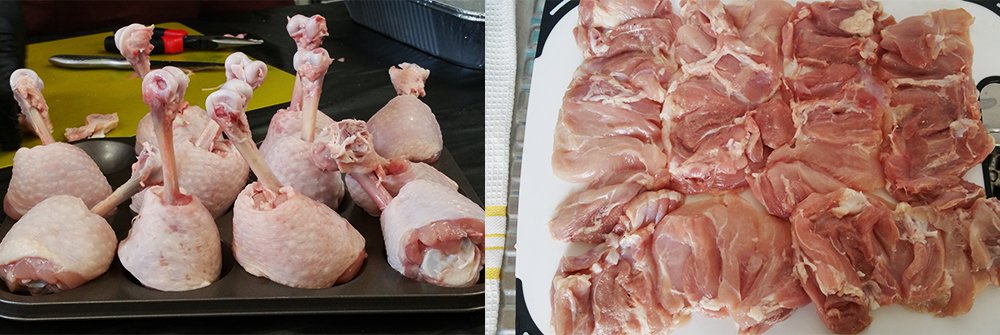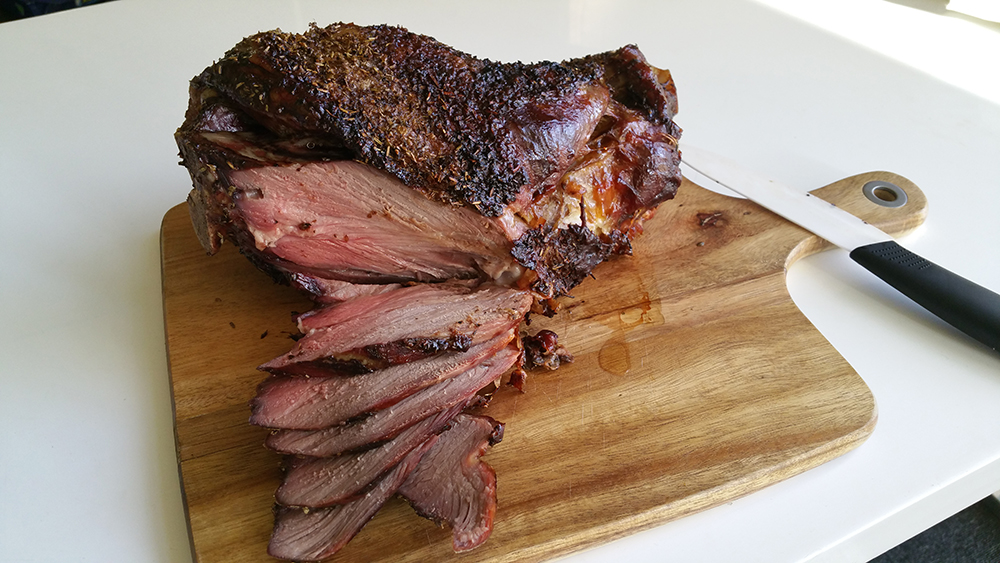How to Smoke Meat - a Guide for The Beginner Smoker
Playing with fire, awesome food, great social feel and more. Who wouldn't want to get into smoking as a hobby? It‚a step up from just BBQing though, so there‚a bit to learn, know and practice to become the revered pitmaster in your social circle. We've got you covered on this page with everything from choosing a BBQ smoker to slicing the meat for serving.
Before you do anything else, bookmark this page. There‚plenty of info here and links to other useful info you might want to review throughout your BBQ smoking journey.
Choosing a BBQ smoker
Choosing the wrong BBQ smoker can really change your experience of cooking low & slow BBQ. If you buy the wrong smoker in your price range you risk spending more time and money than you need to on getting temperatures right and enjoying good results from your cooking. So how do you make sure you choose the right BBQ smoker? We've created a guide to help you make sure you choose the perfect smoker for you.
Best cuts of meat for smoking
There is a huge variety of meats, cheeses, nuts and veggies you can smoke with different tools and techniques, but there are definitely smoker staples - especially when it comes to low and slow smoking. Fatty cuts are the go-to for smoking because the extended cooking time allows for the breakdown of fats and connective tissue in the meat, making the end result the fall off the bone, melt in your mouth feast we're looking for. Avoid lean cuts for low and slow - they'll dry out over the longer cooking times.
Here are the main cuts you're probably looking for when you're getting into smoking:
BEEF
- Brisket - the low and slow smoking classic. Look for marbling (fat flecks and streaks through the meat) and a good fat layer.
- Chuck roast - Chuck is similar to brisket it's makeup but it is a smaller cut and takes less time to cook.
- Beef ribs - Beef ribs are relatively quick to cook and also give the best flavour of all the beef cuts in the opinion of many pitmasters.
.jpg)
Check out these handy beef smoking links:
Beef smoking times and temperatures
How to prepare a beef brisket for perfect smoking (trimming video)
How to smoke a brisket
How to prepare beef rack ribs for smoking
PORK
- Pork shoulder (Boston butt) - Yep, the butt comes from the upper shoulder. This cut is generally where the classic pulled pork comes from. If you're not going to a low and slow butcher, ask for the shoulder, not the Boston butt.
- Pork ribs - These are a shorter cook than the shoulder and packed full of flavour!


Some handy pork smoking links:
Pork smoking times and temperatures
How to prepare pork ribs for smoking
Smoked Boston butt
Baby back ribs
Memphis style pulled pork shoulder
POULTRY
- You can smoke the whole bird or choose smaller cuts - wings are a smoking favourite.
Poultry smoking links:
Poultry smoking times and temperature
Spicy smoked chicken wings


LAMB
- Leg - The lamb leg has plenty of fat and takes on smoke very easily, so be careful which wood you choose or the smoke flavour could be a little overpowering.
- Shoulder - Cook it in a similar way to the pork shoulder and can pull like pork shoulder too.


Lamb smoking links:
Lamb smoking times and temperature
Types of fuel for smoking
You can choose to burn down some seasoned wood in your smoker if you want to, but generally speaking, some form of charcoal is the best option for BBQ smoking fuel. Charcoal generally comes in the form of (natural) lump and formed briquettes.
Check out this video where one of our pitmasters, Cam, takes you through the difference between lump charcoal and briquettes.
Flavoured wood
Adding wood chunks to your cook (usually during the first 1-2 hours while the meat will take on the most smoke) adds extra smoke flavour to your food. The flavours you prefer partly come down to your personal preference which is a trial and error process, but also partly down to the meat you're cooking.
As a general guide:
Hickory, mesquite and oak are strong assertive smoke flavours
Alder and fruitwood are sweeter, fruiter flavours
Maple is subtle and sweet
You can download a handy smoking wood selection guide
Rubs
A rub is a blend of herbs and spices usually rubbed all over the meat before you start cooking it. Rubs are usually dry but can be wet too or in paste form. Rubs help to form the bark which is the cooked crust on the outside of the meat and add great flavour to the end result too. Many pitmasters add a layer of mustard to the meat before applying the rub to help it stick for more flavour. Doing this adds little to no mustard flavour to the food. The choice of rub is a personal preference thing, so grab a few and find the ones you like.
The meat thermometer - a pitmaster's essential tool
If you're getting into smoking meat you'll need a good quality meat thermometer. You can find versions with leave-in probes as well as the type you push in, read and remove again. Aim to get the tip of the probe into the centre of the thickest part of the meat. Refer to the cooking temps in the links above and remember that when it comes to low and slow smoking the commonly accepted well done temperature isn't necessarily your target temperature.
Slicing the meat
When you've finished the cook and rested the meat it's time to slice it (unless it's pulled of course). Find out which way the muscle fibres are aligned (the grain) and slice across it. This cuts through the long fibres of muscle and gives you a more tender piece of meat.

.jpg)
If you haven't chosen a BBQ smoker yet, don't forget to download your guide here.
You might also be interested in:
Getting started with a meat smoker
Check out our range of BBQ Smoker Here



.png)







